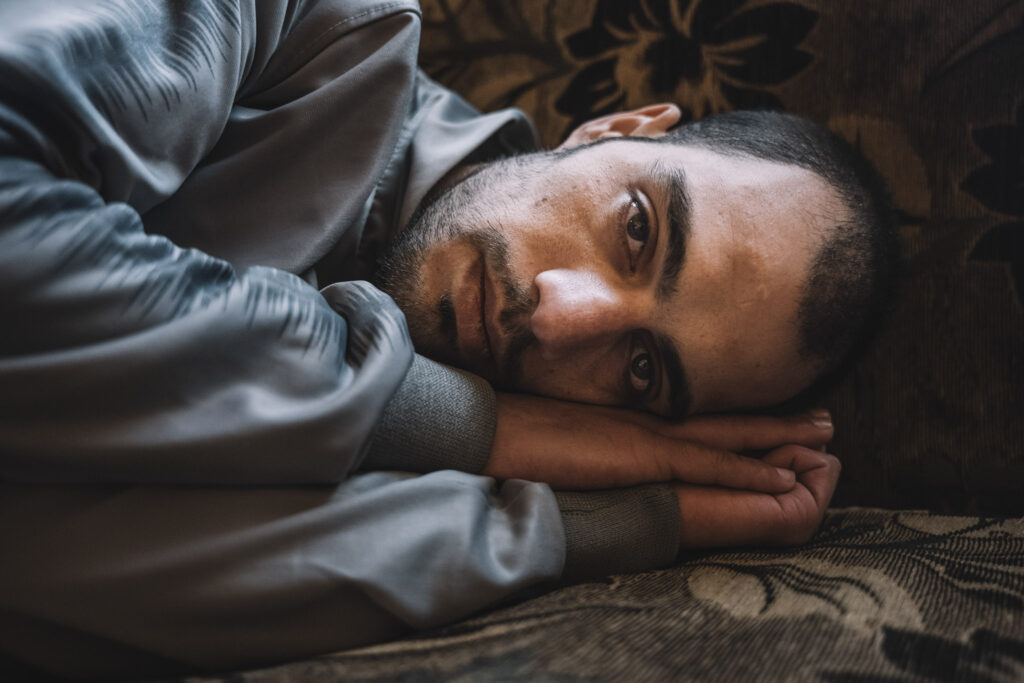The shadows already have names, as Spanish photojournalist Samuel Nacar named the series that won the 2025 Luis Valtueña International Humanitarian Photography Award, organized by Médicos del Mundo. It is a work that sheds light on the dark corridors of Sednaya, the Syrian prison where silence became a weapon and suffering became routine. Each image is an echo of the voices that Nacar brought out from behind those walls so that they could be heard.
Samuel Nacar is a documentary photographer and filmmaker. His work explores migration, social conflict, and depopulation, with a gaze that combines rigor and sensitivity. In Las sombras ya tienen nombre (The Shadows Already Have a Name), he reconstructs the Syrian regime’s machinery of terror through testimonies and photographs that reveal the brutality of a prison system turned into a weapon of war.
The series compiles stories from survivors of Syrian prisons such as Sednaya. Images that show systematic violence: torture, starvation, disappearances. Interviews, archives, and visits to key locations after the fall of the regime. Each photograph is more than an image: it is a memory that challenges impunity.
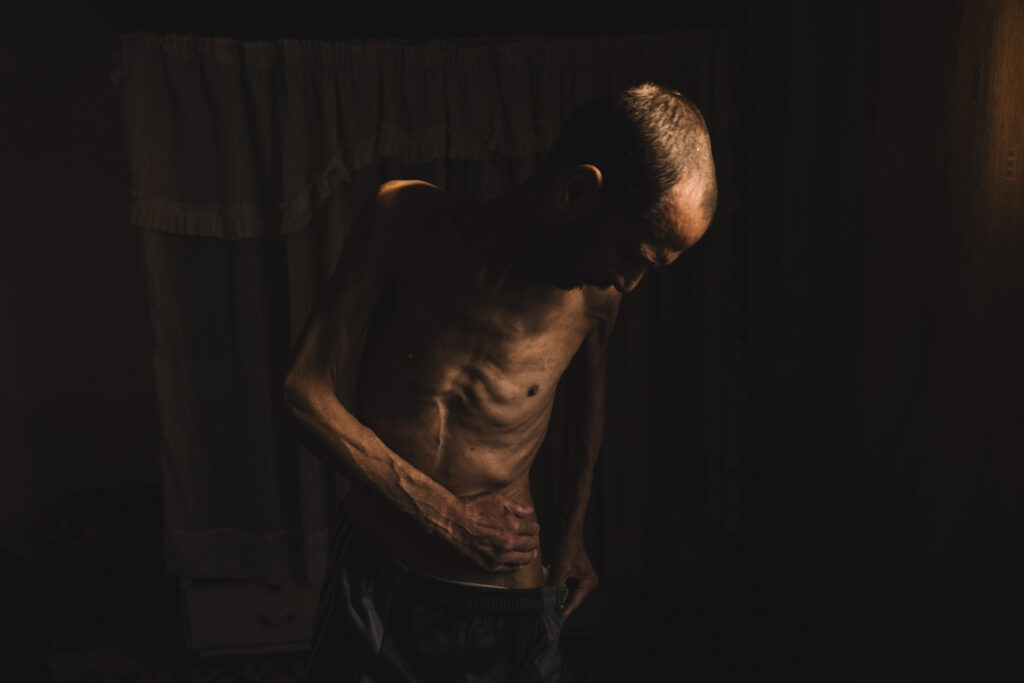
Who are the finalists for the 2025 Luis Valtueña Award?
Jehad Alshrafi (Palestine) – Eternal Death. In Gaza, hunger has become an everyday scene of death. Alshrafi’s images show frail bodies chasing sacks of flour, mothers saying goodbye to their children, and crowds rushing under bombs for a piece of bread. His series is a cry against global indifference.
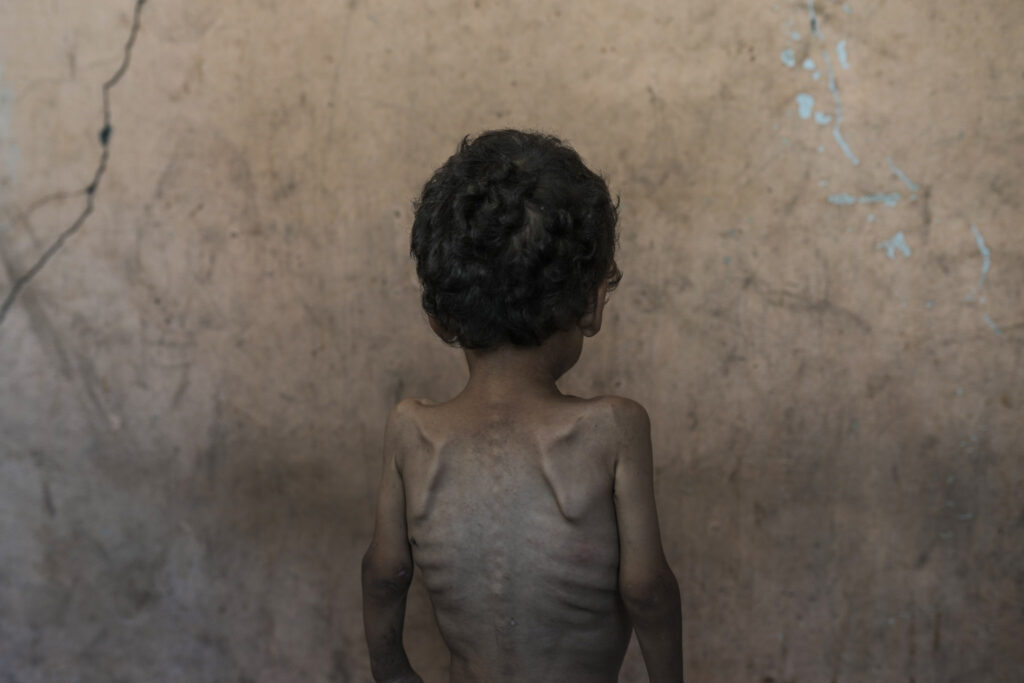
Valentina Sinis (Italy) – Were Afghan Women to Unveil Their Tales. Sinis takes us to the heart of Afghanistan, where women live under rules that restrict their freedom. Her images reveal silent resistance: clandestine workshops, secret classes, glances that defy oppression. An intimate portrait of female strength in the face of fundamentalism.
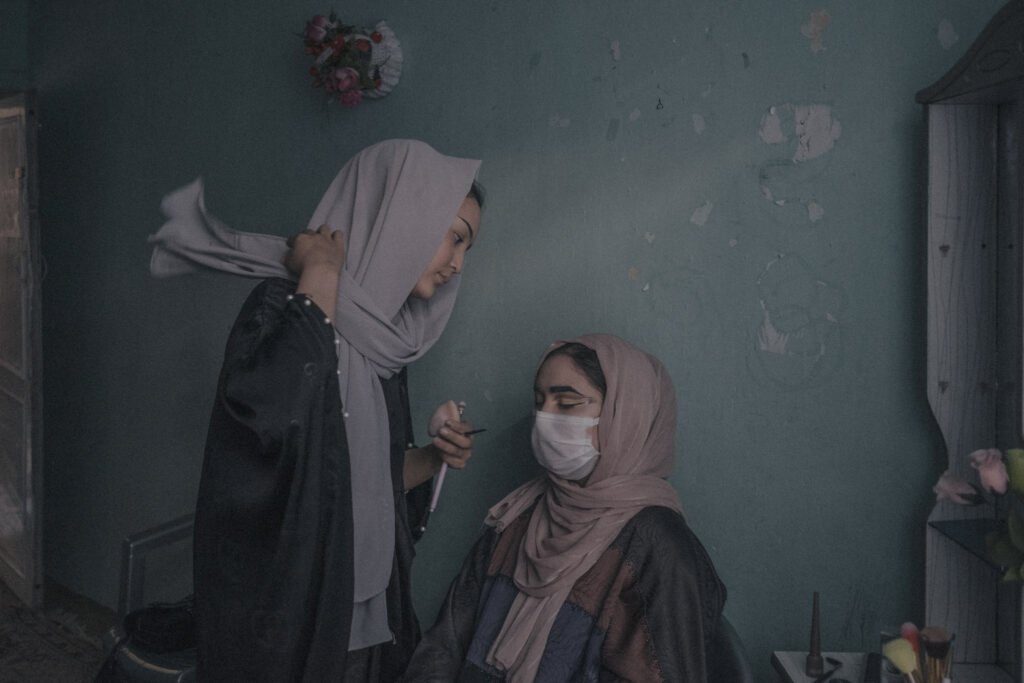
Santi Palacios (Spain) – No one arrived in time. Palacios documents the worst flood of the century in the Valencian Community, Spain. Houses destroyed, objects turned to mud, lives suspended in uncertainty. His series is a reflection on the climate emergency and the fragility of our cities in the face of extreme events.
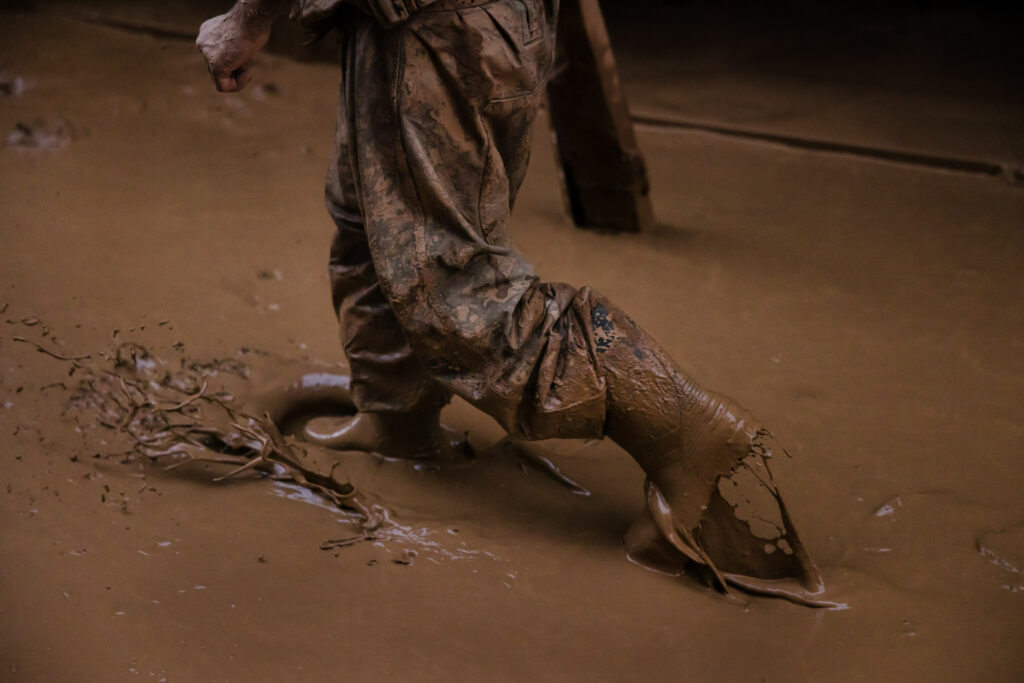
How many projects participated in the 2025 Luis Valtueña Award?
For the 29th edition of the Luis Valtueña International Humanitarian Photography Award, 680 projects and 6,130 images were received from 84 countries, confirming the global reach of the competition.
The participation of female photojournalists reached 27%, and the Award organisers remain committed to encouraging more and more female photojournalists to enter this competition, whose perspective always enriches the award’s journey.
This level of participation shows that photography continues to be a powerful tool for denouncing injustices and highlighting realities that remain hidden.
When will the winning entries of the 2025 Luis Valtueña Award be exhibited?
In February 2026, the winning projects will be on display in an exhibition at the Ortega-Marañón Foundation in Madrid.
This edition of the Luis Valtueña Award is made possible thanks to Fujifilm Spain, which provides the best paper, laboratory and framing to bring the images to life; and the SEUR Foundation, which makes it possible for the exhibition to travel and be shown in different cities across Spain. Because behind every image there is a collective commitment to ensure that these stories reach further and continue to raise awareness.
The award
The Luis Valtueña Award, now in its 29th year, was created to honour the memory of four aid workers killed in Rwanda and Bosnia while working with Médicos del Mundo: Flors Sirera, Luis Valtueña, Manuel Madrazo and Mercedes Navarro. Since then, it has established itself as one of the most prestigious competitions in humanitarian photography with a clear objective: to highlight human rights violations.
